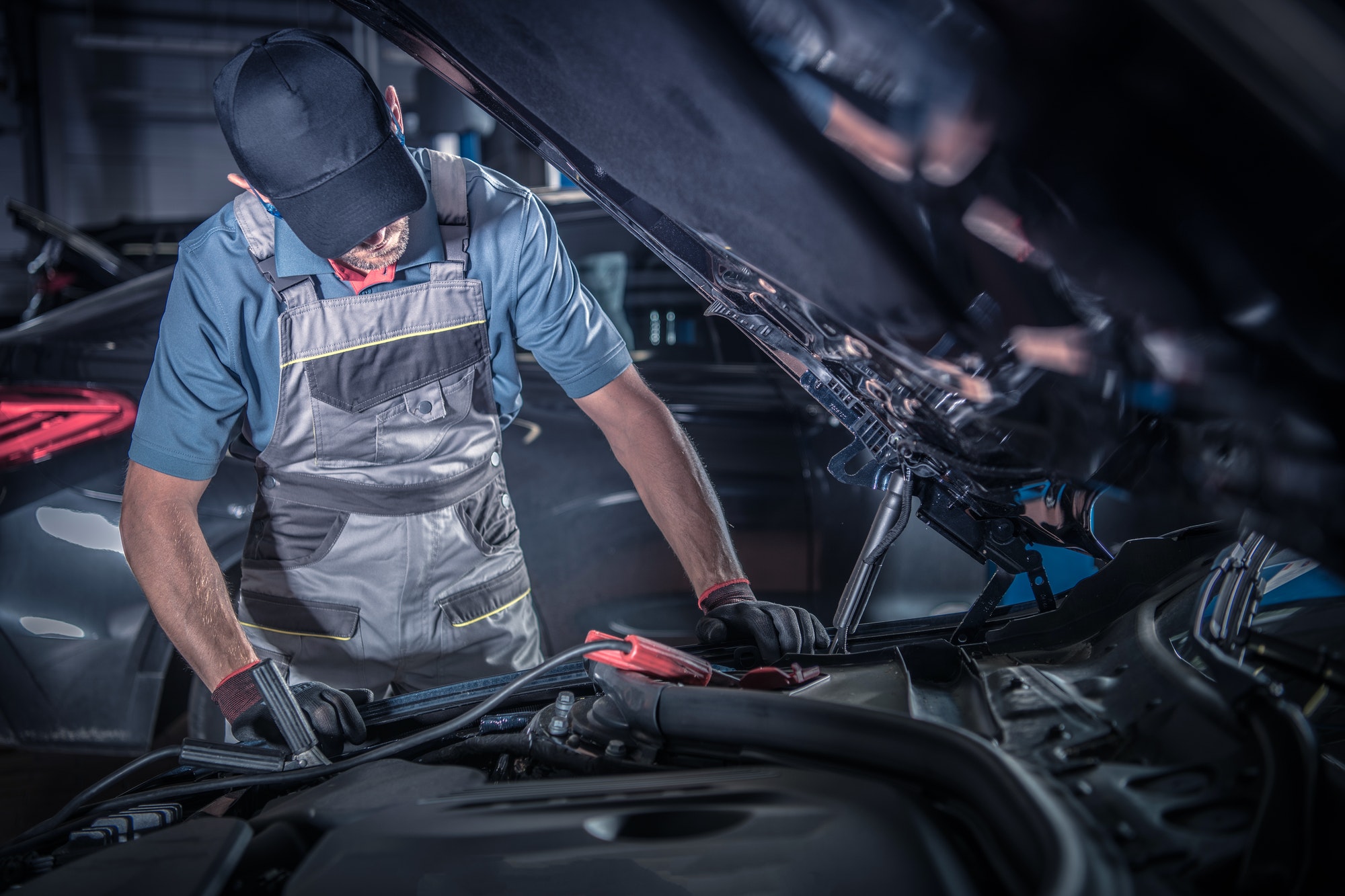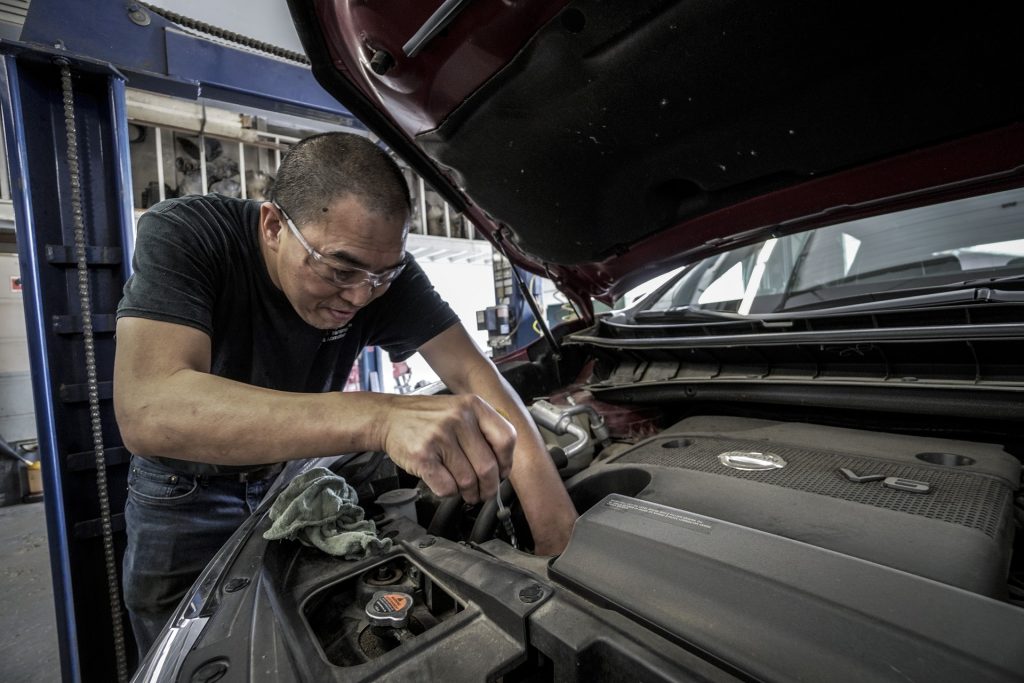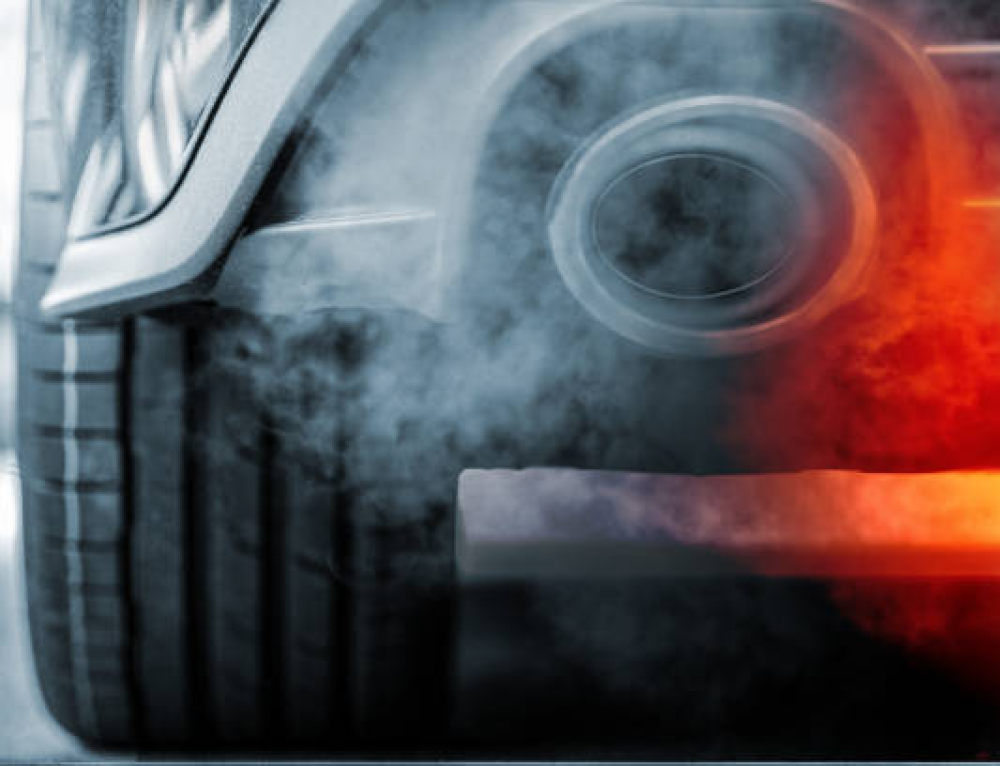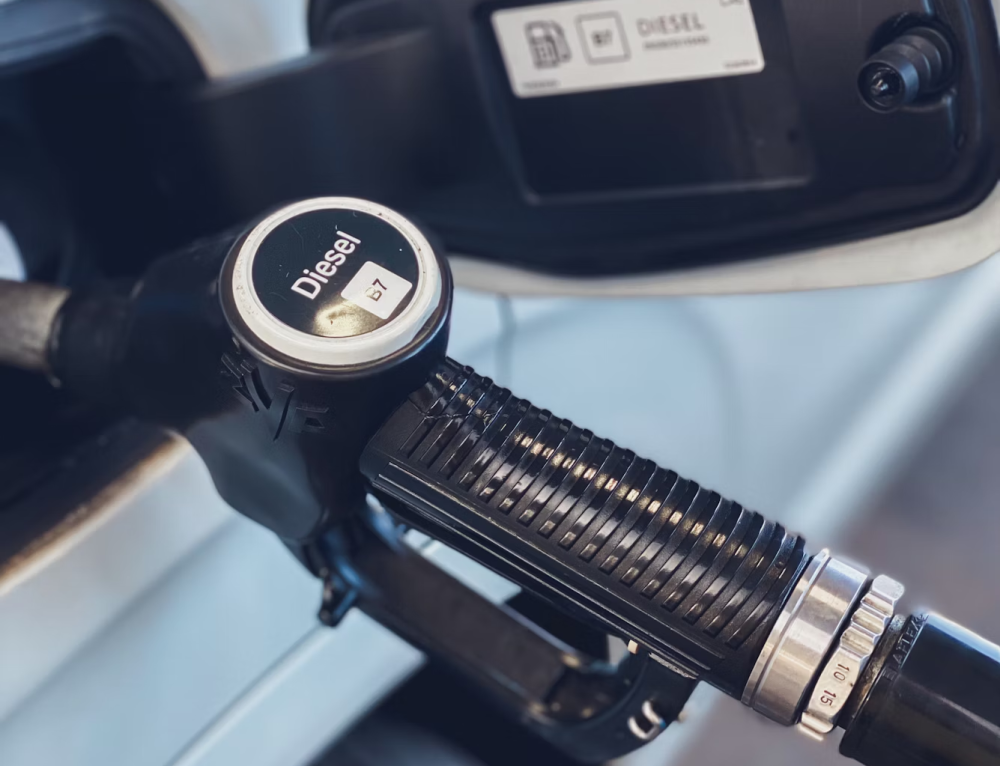If you are not a technician experienced in working with diesel or petrol/gasoline engines, it can be difficult (almost impossible) to diagnose the problems with those engines. For instance, if your engine refuses to start, you may wonder how to diagnose engine issues effectively.
We are giving you some ideas in order to see more clearly and perhaps to identify the causes of a possible malfunction. Learning how to diagnose engine issues can be a crucial step in pinpointing the problem.
Once the problem is identified, the question will be whether your engine is repairable or not. Sometimes the cost of repairing your car, including the cost of spare parts and labor, will exceed the resale value of your car.
In this case, it might be better to buy a new car. Because of the complexity of a car, it is often difficult to make up your own mind on the cost of repairs that your mechanic or mechanic will diagnose. Understanding how to diagnose engine issues can help you better communicate with your mechanic and make informed decisions about your car’s repair or replacement.
With these few tips, you can easily isolate a particular cause of an engine that no longer runs and check if a repair is possible.
A failing cylinder head gasket
We speak most often of a blown cylinder head gasket. This is a fairly common failure with more or less serious consequences. Outward rupture of the seal will cause a malfunction in engine lubrication and overconsumption of oil or water. It can also cause abnormal power loss. If you’re wondering how to diagnose engine issues like this, a mechanic might intervene on your engine to disassemble the cylinder head and replace the gasket. The cost of such an operation varies according to the age of your vehicle, but it will still cost between $500 and $1,000.
Failure of the cylinder head gasket usually results in:
- white smoke coming out of the exhaust pipe;
- a significant decrease in the level of coolant;
- a significant drop in the engine oil level;
- an overheating engine;
Warning: If the coolant has entered one of the engine cylinders, the consequences will be more serious and will cause the engine to stop completely, the coolant being incompressible.
Coolant builds up pressure
As its name suggests, the cooling system allows heat to be evacuated from the engine and prevents the deformation of engine components. Failure of the coolant can cause an engine to overheat, which in turn will cause the cylinder head gasket to rupture with more or less serious consequences (as we have seen above). Thus, the pressure of the explosions which passes in the water circuit is often the result of a big overheating, causing a deformation of the cylinder head.
In this case, it will be necessary to provide for a rectification of the cylinder head as well as a test, very often expensive operations. Knowing how to diagnose engine issues early can help prevent such costly repairs and improve the longevity of the engine.
Good to know: Changing your coolant frequently will strengthen your engine and ensure optimal operation. The coolant must be drained each time the cooling circuit is opened.
A casting connecting rod
Your engine is running but it makes strange noises or slams. It is probably a cast connecting rod. We advise you not to drive until this problem has been repaired. In summary, this is a situation where the connecting rod bearing and crankshaft have a significant play. If you’re wondering how to diagnose engine issues like this, it will be imperative to check the oil level. A repair is possible, but it will then be necessary to disassemble the engine in order to change the crankshaft and the defective bearing.
A cracked engine crankcase
Your engine has stopped, and you observe a gaping hole in the block. In addition to that, a large amount of oil spilled on the ground. Look no further, it is a connecting rod that has pierced the crankcase. In this case, the engine will not be repairable. If you’re unsure how to diagnose engine issues, this is a clear sign of a severe problem. Depending on the mileage of your vehicle, we recommend that you look for used engines. Prefer a used engine accompanied by guarantees from the seller, offered by most professionals in the sector.
Abnormal oil consumption
Is your car consuming excessive oil and you have to replenish the levels regularly? The causes can be numerous, we will mention below only the main ones:
- A crankcase bleed screw: this is a fairly common problem usually resulting from a tired seal or too tightly tightening the screw (if the aluminum crankcase);
- A damaged crankcase;
- A cylinder head gasket: if the cylinder head gasket fails, oil may escape from the engine;
- A problem with the oil filter: easily accessible, it will be easy to check that it is in good working order.
Good to know: we speak of abnormal oil consumption when an engine consumes over 0.5 liters per 1,000 kilometers (620 miles).
Your car is losing power
Your engine is still running, but your car is having difficulty on the hills. Your engine is probably tired. You can try adding a “miracle” additive to it, but the results may be insignificant, if not zero. It will most likely be necessary to provide for the change of the engine.
Your diesel engine no longer starts
When your engine is cold and temperatures are low, it sometimes takes several attempts before you miraculously start your car. A large cloud of blue smoke then appears on startup. This is probably a decrease in cuts. If you’re wondering how to diagnose engine issues, it will then be necessary to have them checked and to plan for the replacement of the motor if they are bad.
A broken camshaft on a diesel engine
We do not wish anyone a broken timing belt. Usually, a diesel engine does not survive this and the consequences are disastrous for the engine components. In most cases, the valves are screwed up, the camshaft is broken, and the cylinder head is good for the trash. Having broken parts replaced costs $1,000 to $5,000. Depending on the age and mileage of your vehicle, this will not be cost-effective. Again, we advise you to look on the side of standard exchange or used engines.
Bent valves on a gasoline engine
A timing belt on a gasoline engine causes less damage than on a diesel engine. In theory, it is therefore possible to repair the damage. It will then be necessary to replace the valves which have been damaged.
In case of doubt, contact the Phoenix Diesel Repair teams for advice on the condition of your engine.
Frequently Asked Questions
How to diagnose engine problems in a diesel engine?
To diagnose engine issues in a diesel engine, start by checking for common signs like blue smoke on startup or difficulty starting when temperatures are low. Additionally, check the coolant levels and look for signs of overheating. Understanding how to diagnose engine problems early can help prevent costly repairs or the need for engine replacement.
What are the main signs of a blown cylinder head gasket?
If you’re wondering how to diagnose engine issues like a blown cylinder head gasket, look for white smoke coming from the exhaust, a significant drop in coolant and engine oil levels, and engine overheating. If these symptoms are present, a mechanic will need to disassemble the engine to replace the gasket.
How to diagnose engine overheating due to coolant pressure?
Diagnosing engine overheating caused by coolant pressure requires checking the engine’s cooling system. If the engine has been overheating, it might result in a deformed cylinder head and require a costly rectification. Knowing how to diagnose engine issues early can save you from expensive repairs.
What does abnormal oil consumption indicate when diagnosing engine issues?
Excessive oil consumption can indicate several engine issues, such as a faulty cylinder head gasket, a damaged crankcase, or a problem with the oil filter. If your engine is consuming more than 0.5 liters per 1,000 kilometers, it’s time to consider how to diagnose engine problems more thoroughly.
How to diagnose engine power loss?
If you notice that your car is losing power, especially when driving on inclines, it could be a sign of engine wear. Learning how to diagnose engine issues in this case can help determine if a simple fix like an additive will work, or if engine replacement is necessary.






